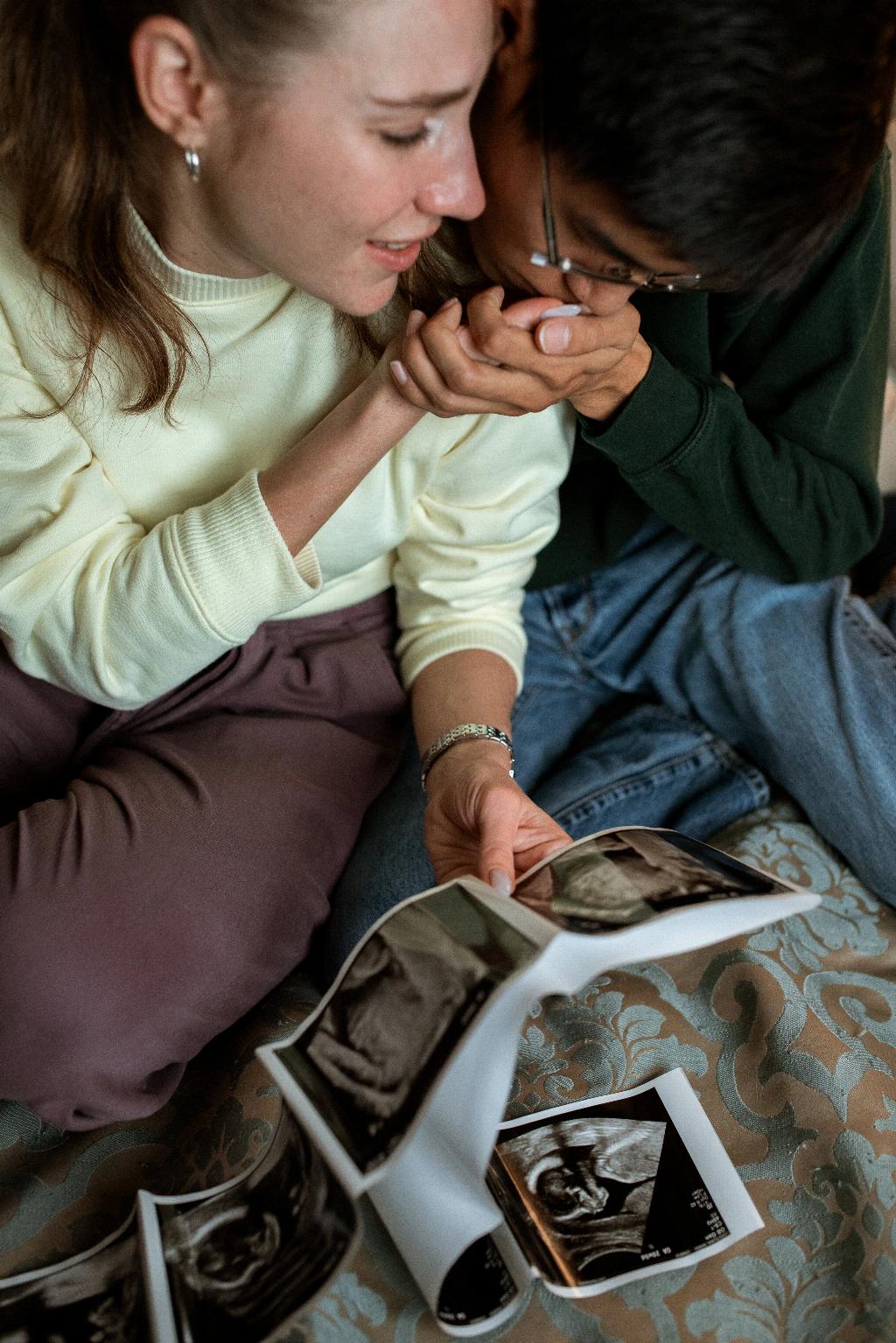When a woman’s body undergoes the incredible process of bringing new life into the world, it is known as labour or childbirth. The term “birth” itself refers to the moment when a baby exits the mother’s uterus and enters the outside world.
The Stages of Labour
Labour is typically divided into three stages: the first stage, second stage, and third stage. The first stage involves the onset of regular contractions that help the cervix to dilate. The second stage is when the baby is pushed through the birth canal and delivered. Finally, the third stage involves the delivery of the placenta.
The Anatomical Term
The anatomical term for birth is “parturition.” Parturition encompasses the entire process of giving birth, including the onset of contractions, the expulsion of the baby, and the delivery of the placenta. It is a complex physiological process that is orchestrated by a series of hormonal changes in the mother’s body.
The Role of Hormones
During labour, the body releases hormones such as oxytocin, prostaglandins, and cortisol, which help to initiate and regulate the various stages of childbirth. Oxytocin, often referred to as the “love hormone,” plays a crucial role in stimulating uterine contractions and facilitating the bonding between mother and baby.
The Mechanics of Birth
As labour progresses, the baby moves downward through the birth canal, guided by the mother’s contractions and the natural forces of gravity. The baby’s head is typically the first part to emerge, followed by the shoulders and the rest of the body, until the entire baby is born.
The Culmination of Pregnancy
For a pregnant woman, the process of giving birth represents the culmination of nine months of anticipation and preparation. The moment of birth is a profound and transformative experience that marks the beginning of a new chapter in both the mother’s and baby’s lives.
The Role of Healthcare Providers
During labour and delivery, healthcare providers such as midwives, obstetricians, and nurses play a crucial role in supporting the mother, monitoring the progress of labour, and ensuring the safety and well-being of both mother and baby. Their expertise and guidance are essential in guiding the birthing process.
The Emotional Aspect of Birth
Aside from the physical aspects of childbirth, the emotional journey of giving birth is equally significant. Many women experience a mix of emotions during labour, ranging from excitement and joy to fear and anxiety. It is important for women to feel supported and empowered during this transformative experience.
Postpartum Recovery
After giving birth, the mother undergoes a period of postpartum recovery as her body gradually returns to its pre-pregnancy state. During this time, the mother requires rest, nutrition, and emotional support to aid in the recovery process and adapt to the demands of caring for a newborn.
Celebrating New Beginnings
Despite the challenges and uncertainties of childbirth, the moment of birth is a time for celebration and gratitude. It marks the beginning of a new life, a new identity as a parent, and a bond that will last a lifetime. The experience of giving birth is a testament to the resilience and strength of women.
Conclusion
In conclusion, the anatomical term for birth is parturition, encompassing the entire process of labour and delivery. It is a miraculous event that symbolizes the power of life and the enduring bond between mother and child. The journey of giving birth is a profound and transformative experience that deserves to be honored and cherished.

